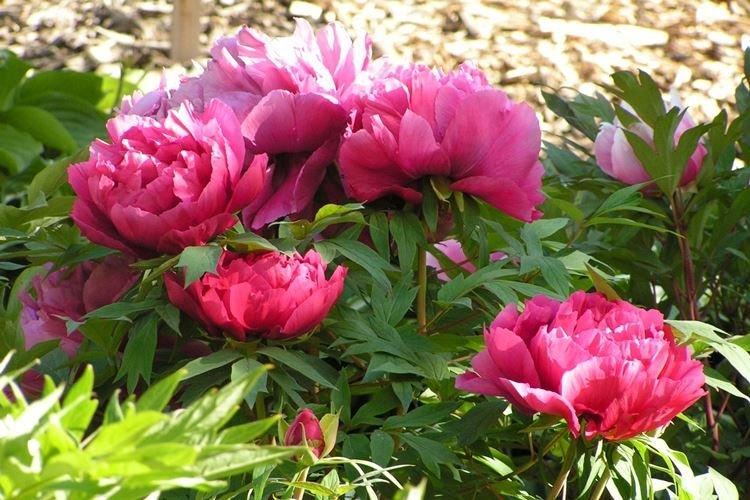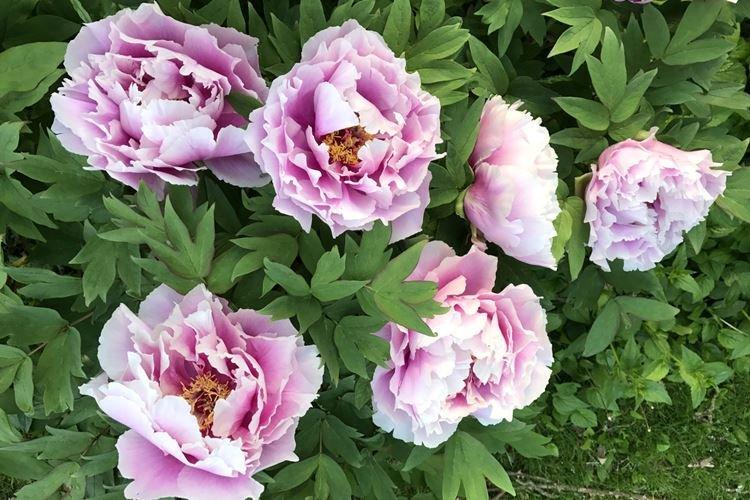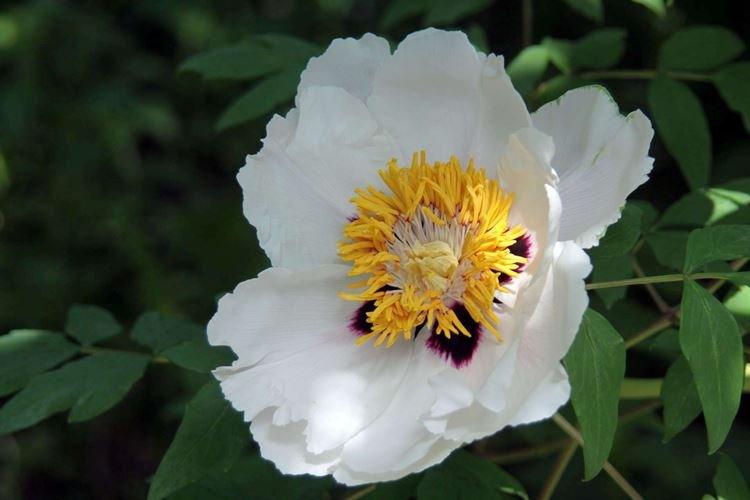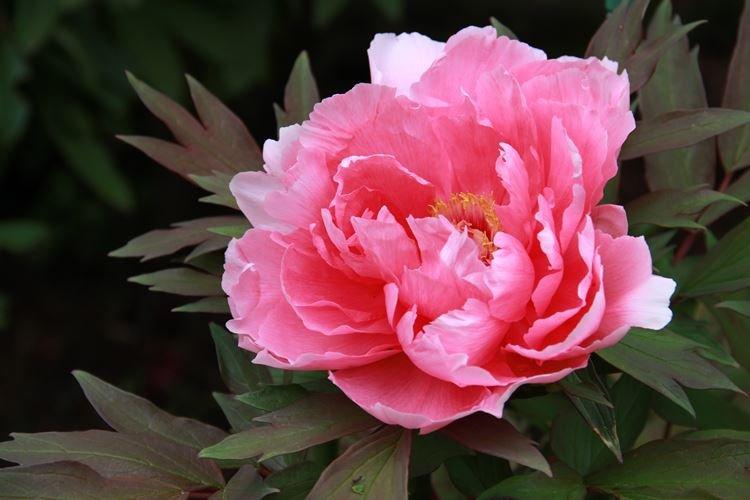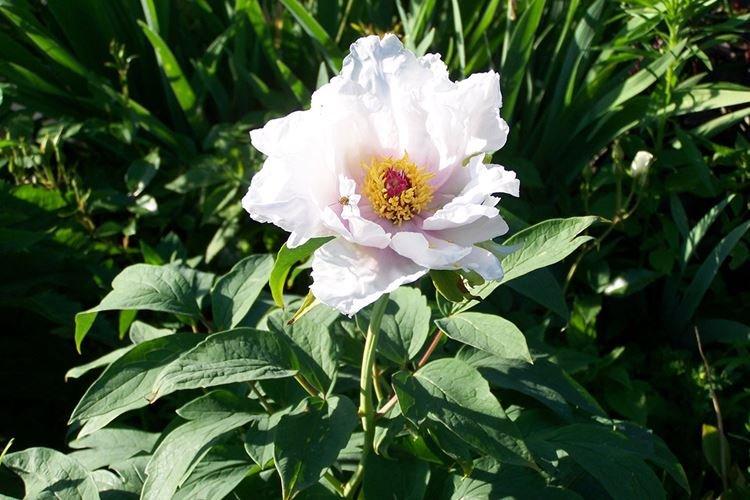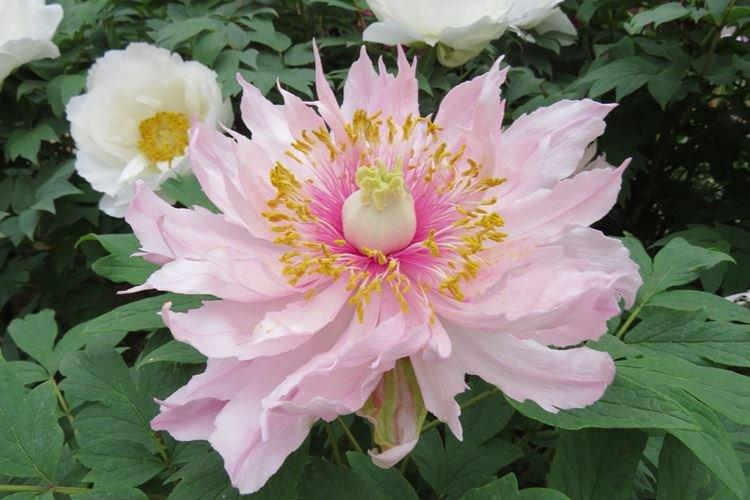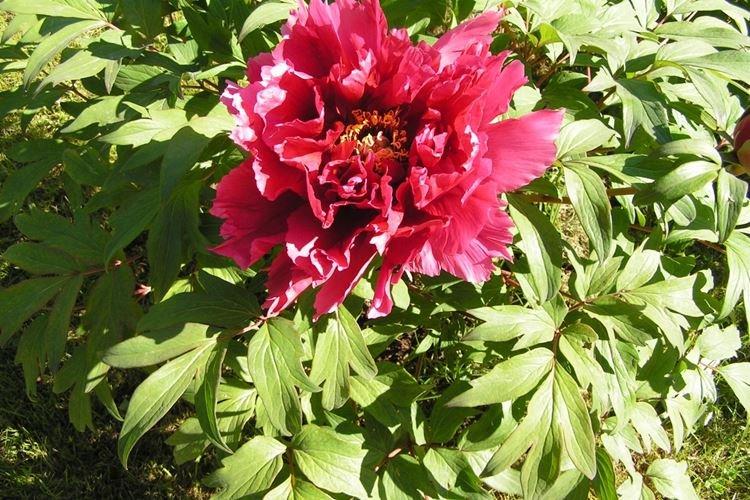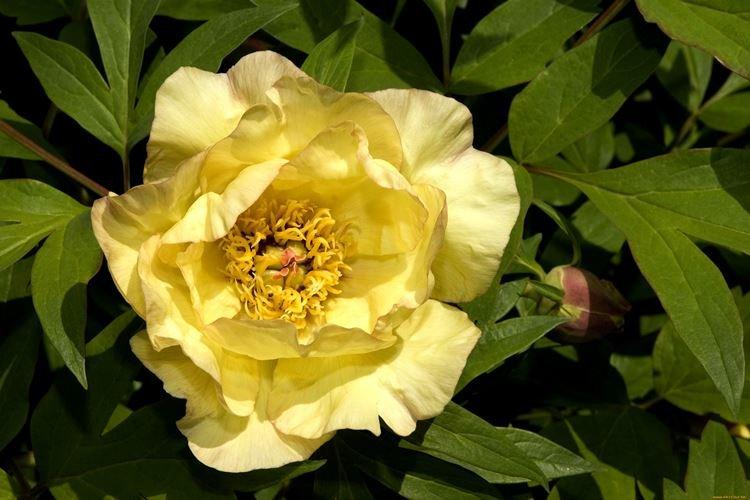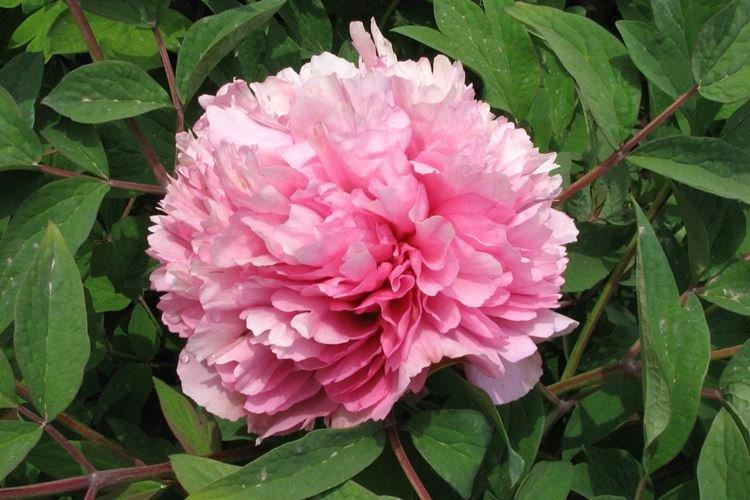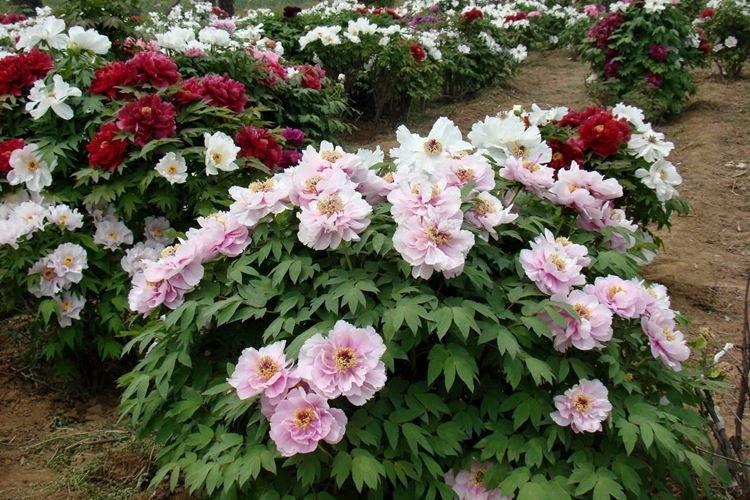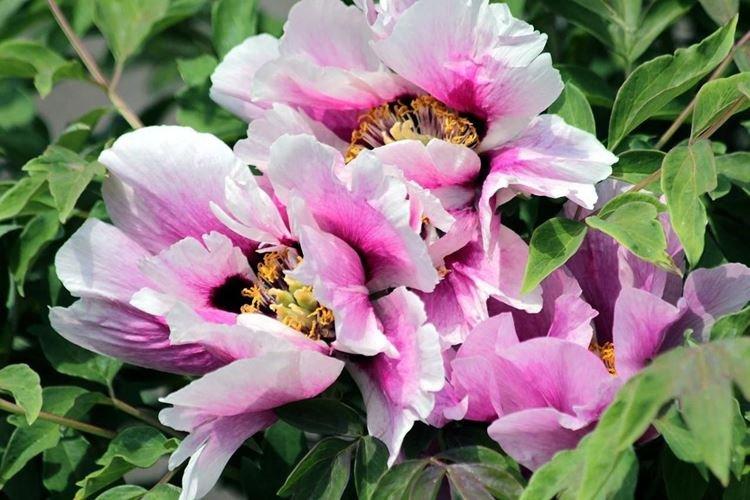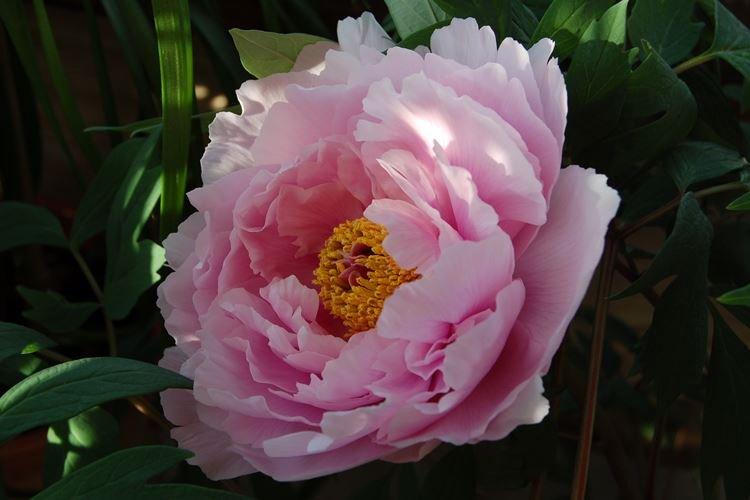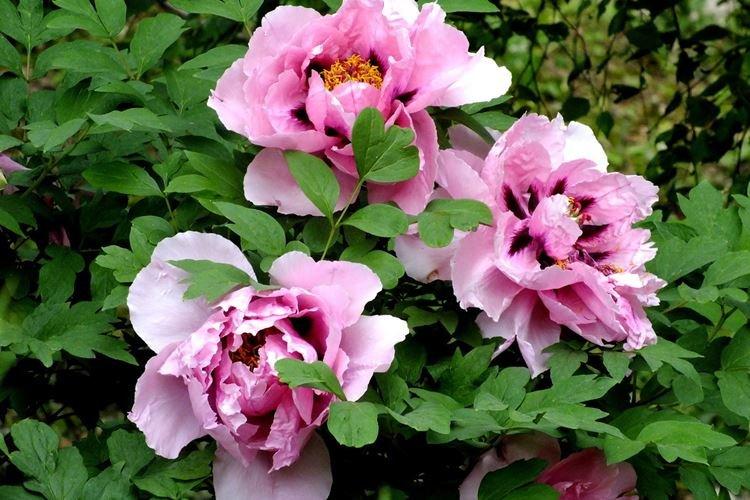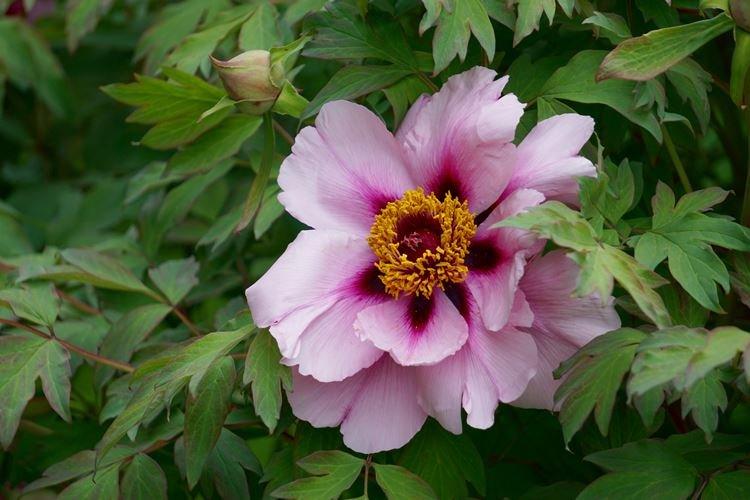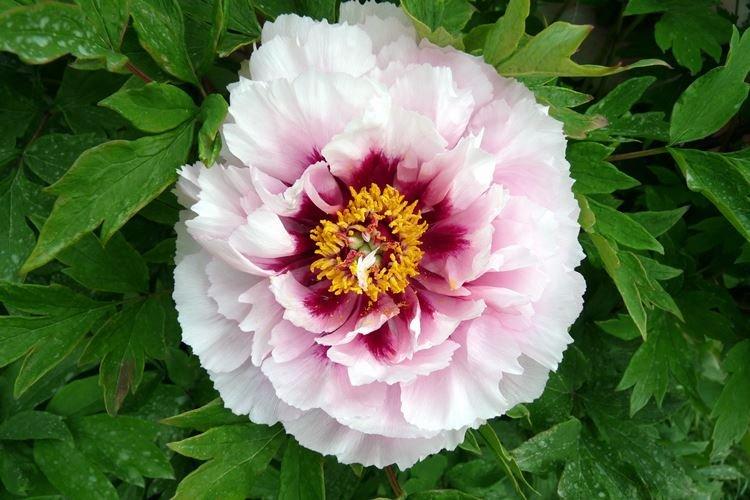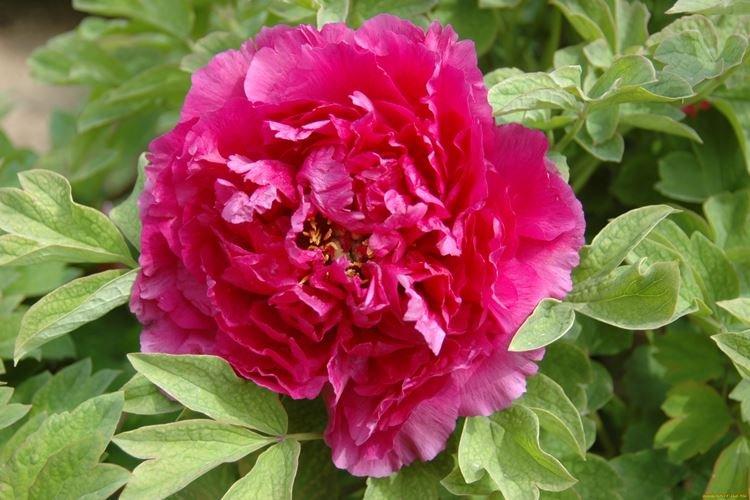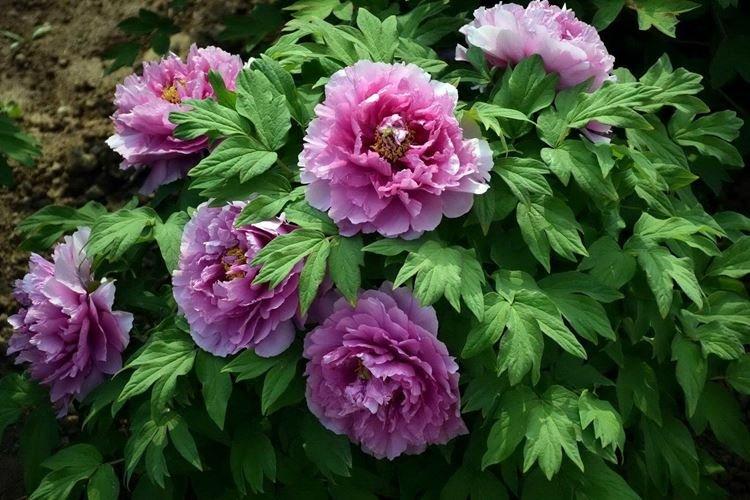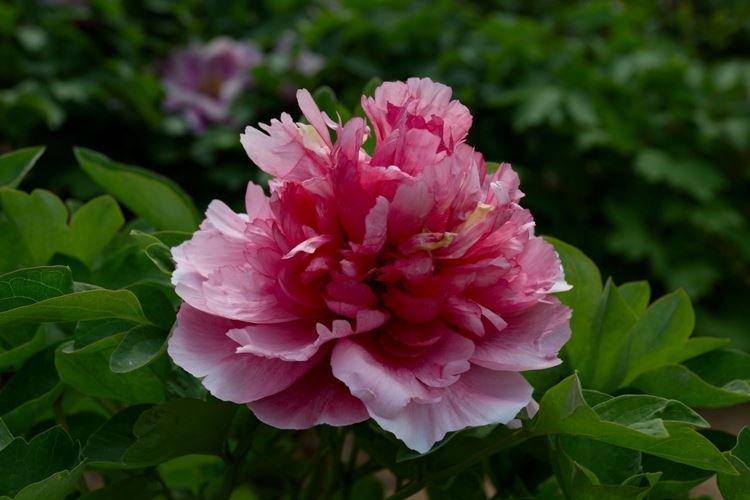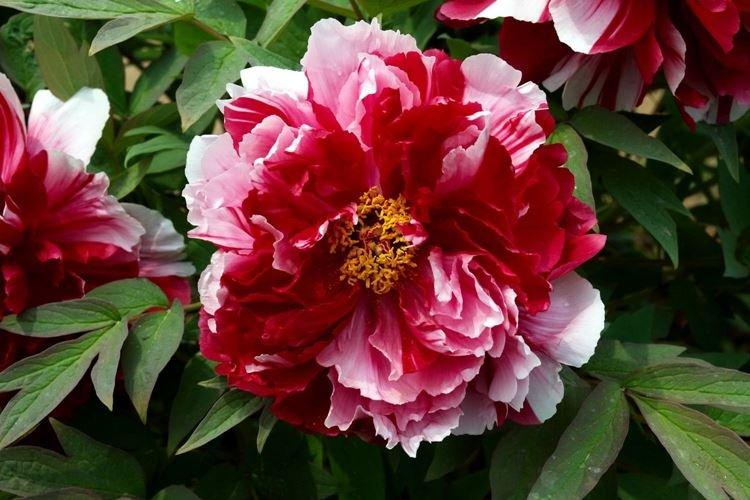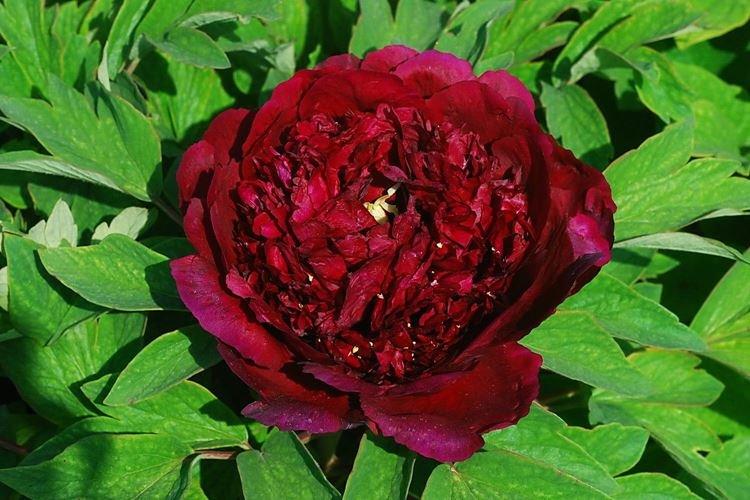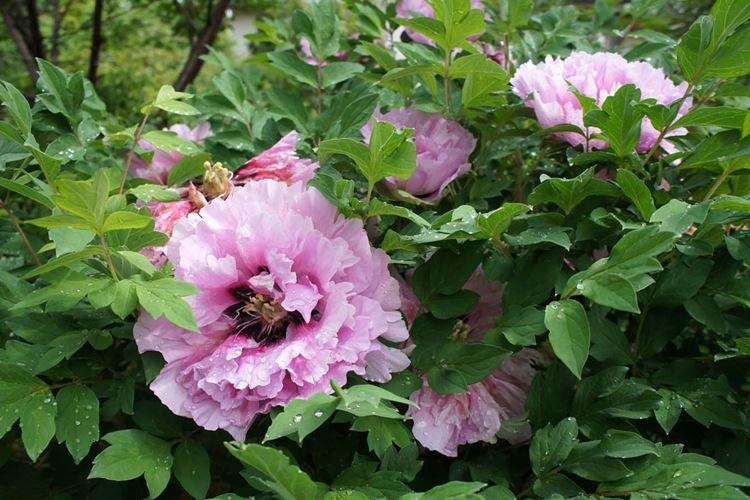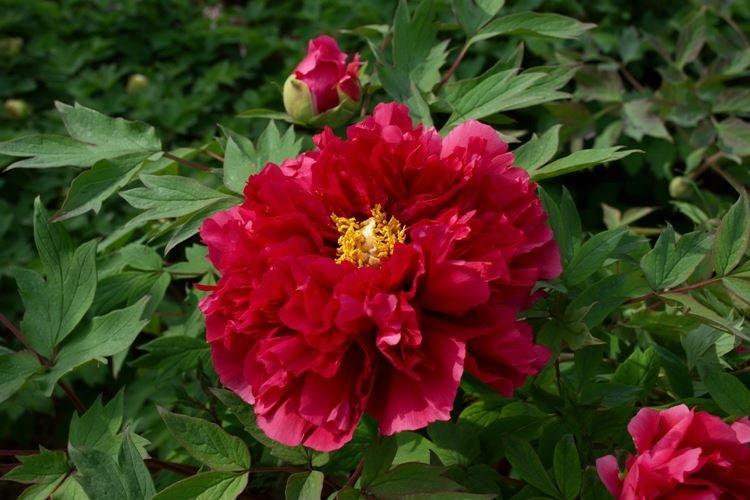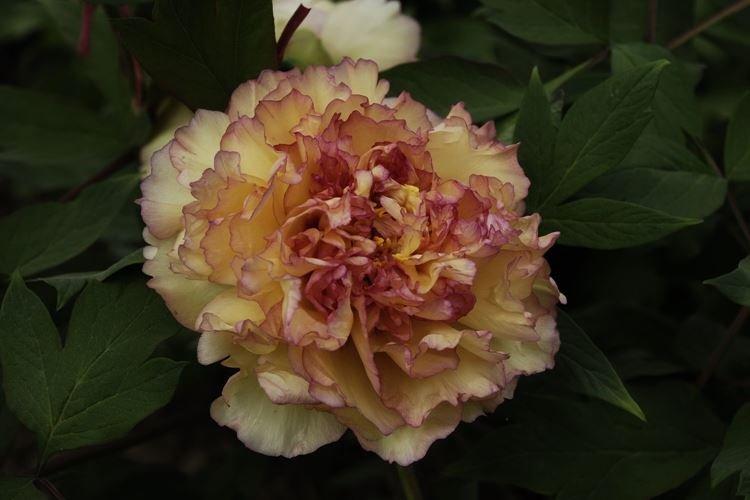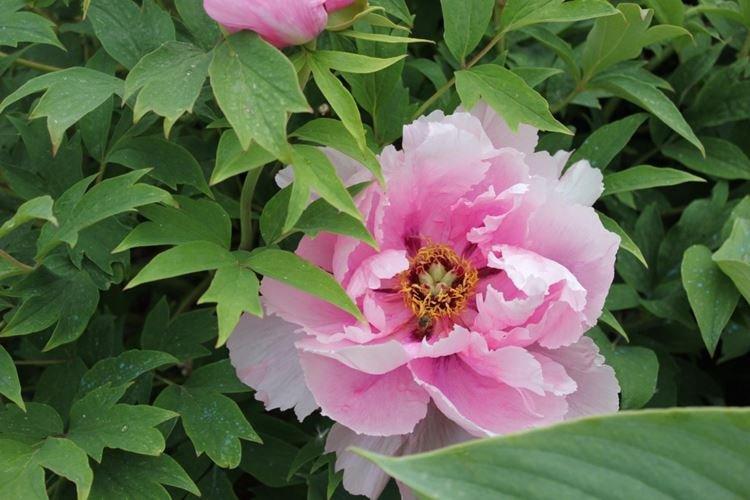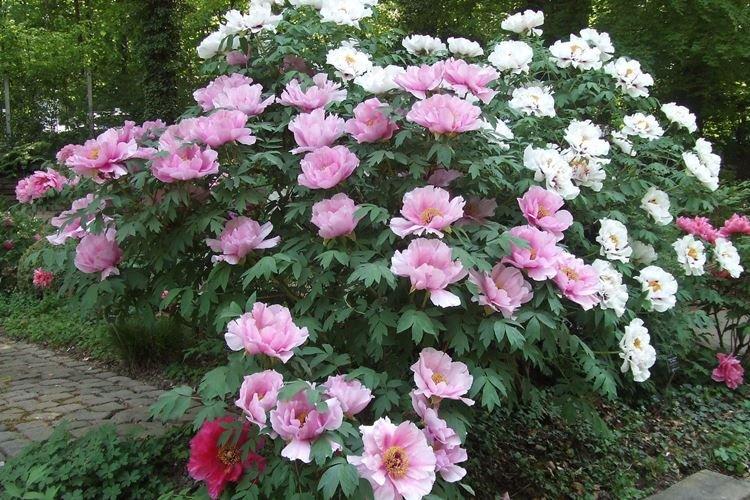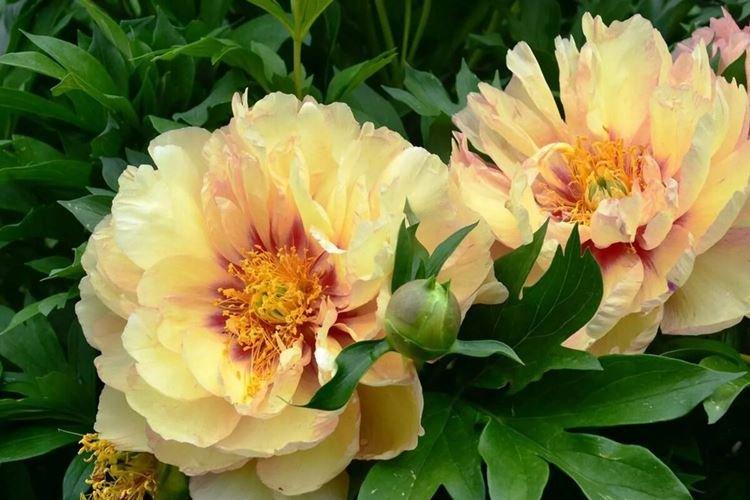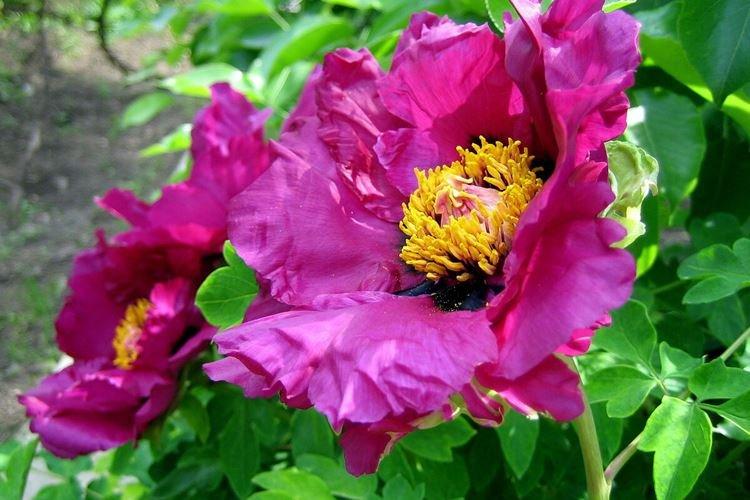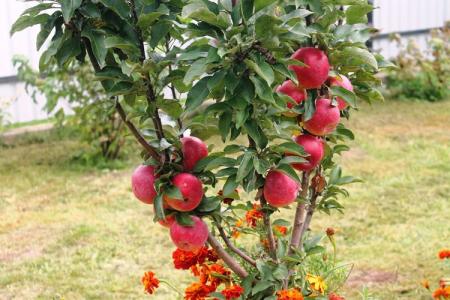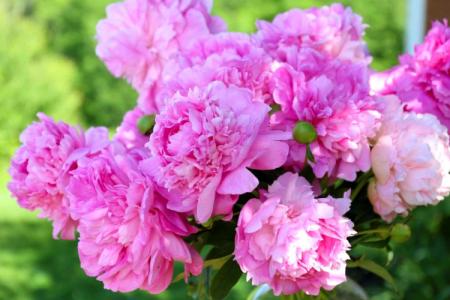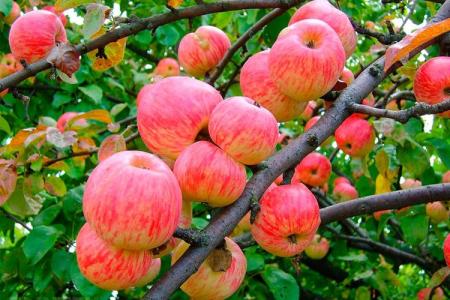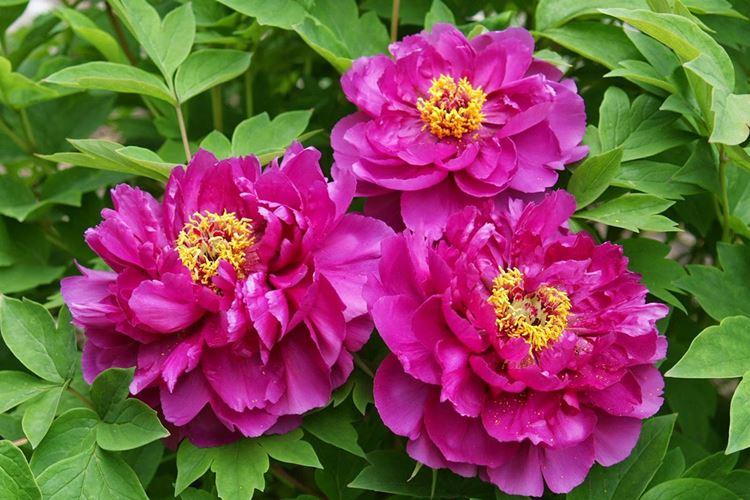
There are dozens of European and Eastern legends about luxurious tree-like peonies. In ancient Greece, a beautiful lush flower symbolized well-being and longevity. It was also considered to be healing, from which the name "paionios" literally came from. For a long time, the task of growing luxurious peonies on our own seemed daunting and fantastic. Now everything is in your hands!
general information
The tree peony is a beautiful hybrid perennial bred by Chinese botanists. A little later, he appeared on the Japanese islands, and instantly gained popularity. Treelike peonies were brought to Europe even later - around the eighteenth century.
Unlike compact flower bed varieties, a large shrub grows up to 2 m. Thick straight shoots resemble miniature trunks, and the stems do not fall off in winter and grow more and more every year. In general, the tree peony does everything that any ordinary tree does.
The plant has beautiful and large feathery leaves, as if delicate. Flowers open up to 20 cm in diameter, and can be of a variety of shapes and colors - regular, double and semi-double. Over time, the tree-like peony grows into a spherical bush and blooms more and more magnificently.
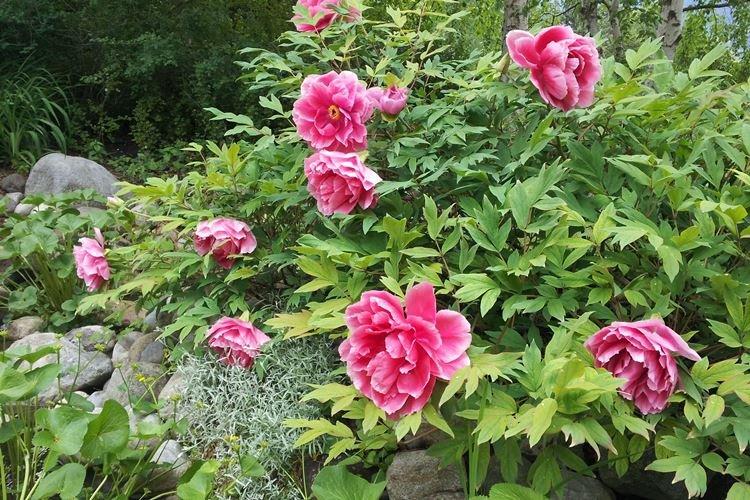
Varieties of tree peonies
There are hundreds of tree peonies, so some experts even believe that this is not a separate species, but a whole group. Most of them are in China, because peonies were bred there before anyone else. But beautiful and spectacular varieties that you can grow on your site have come down to us.
Tree peony Blue sapphire
This is one of the most beautiful varieties of all blue and lilac peonies. In one petal, several shades smoothly flow into each other at once, and a yellow center stands out in contrast.
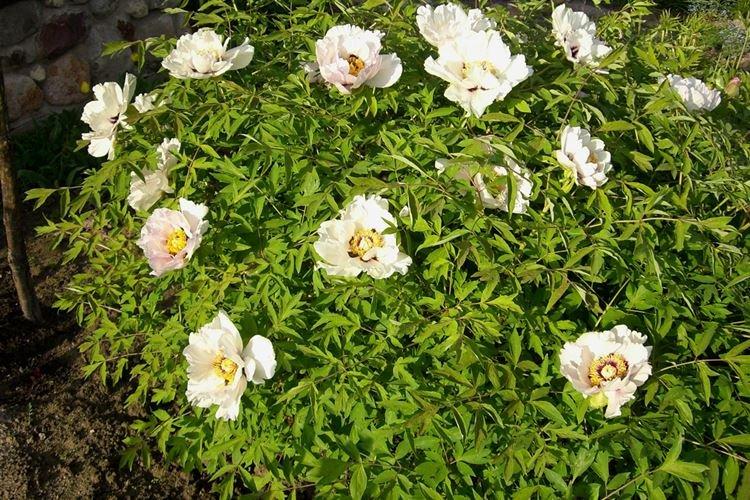
Tree peony Red giant
The name of the variety speaks for itself - it has huge bright red flowers. The contrast is further accentuated by the green leaves that grow rapidly.
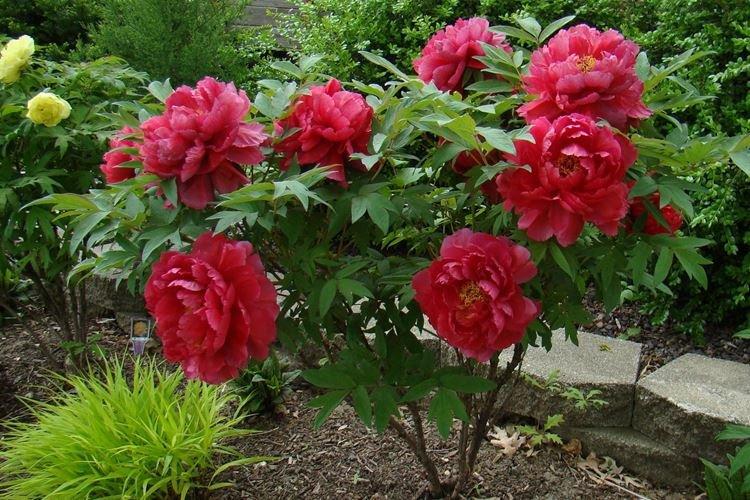
Peony tree coral island
Like the Red Giant, here the essence of the variety is reflected in its name - it is a delicate coral shade. Large flowers open up to 15 cm, and the flowering of this peony is very abundant.
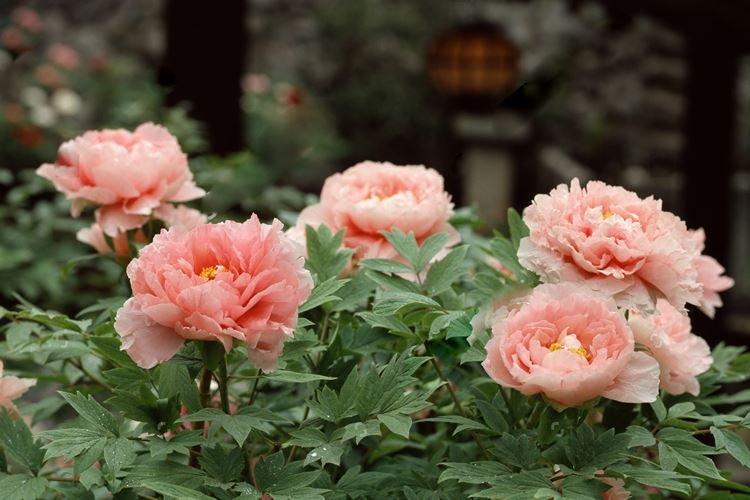
Tree peony green beans
Growers are delighted with this variety thanks to the large double flowers of a pale green hue. These are late and very fragrant peonies that need loose soil and regular feeding.
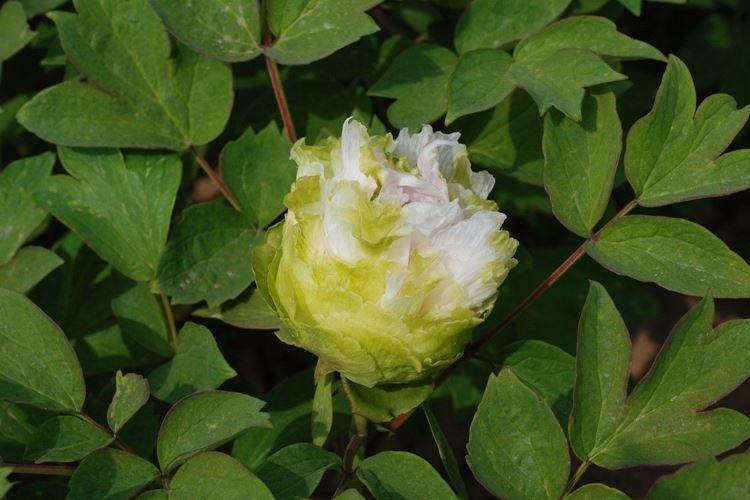
Kinko tree peony
The delicate Kinko variety is interesting for its textured petals and crown shape of flowers. He has an unusual golden-peach color, and he is also completely unpretentious to the quality of the soil.
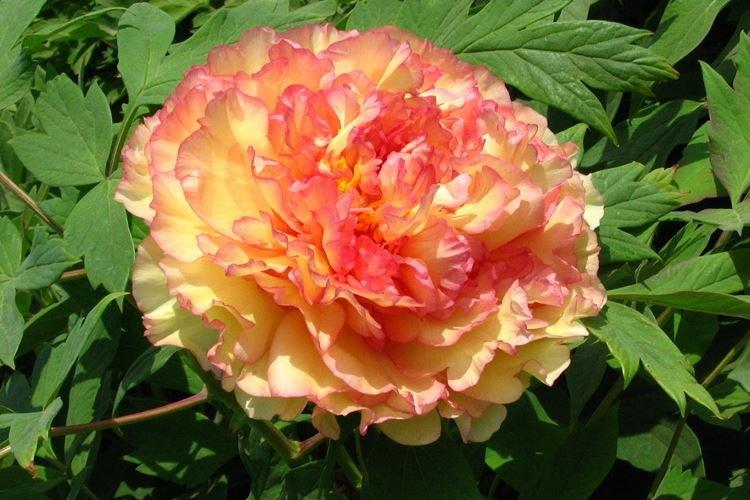
Tree peony Sisters Qiao
In one flower of the Kiao Sisters, milky-white and pink-crimson shades are intricately intertwined. The variety blooms profusely, so each bush looks luxurious even on its own.
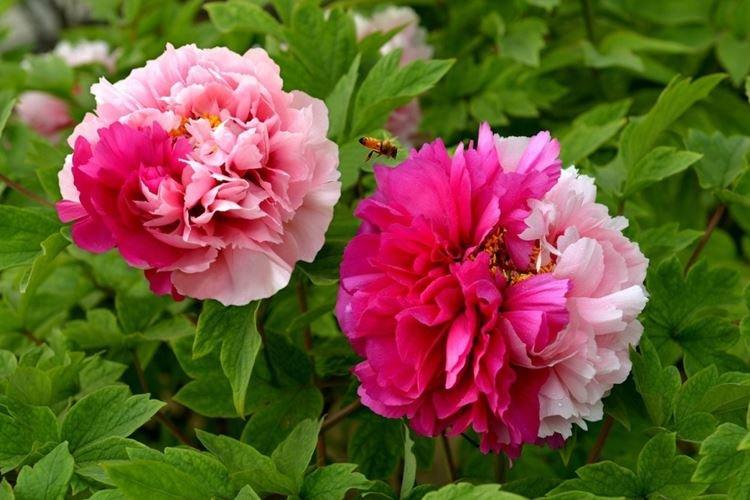
Peony tree green ball
Peony Green ball belongs to those wonderful varieties that change color as they grow. Terry green buds open with delicate peach flowers up to 18 cm.
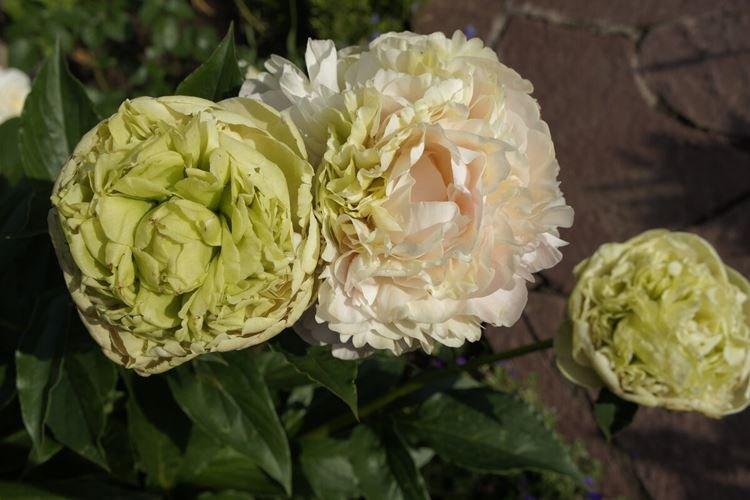
Tree peonies care
For all its amazing beauty, the tree peony is not too demanding. The main thing is to find a good place right away, because a shrub can grow on it for up to a hundred years.
Temperature
In summer, peonies feel perfect in the garden and do not cause trouble, but for the winter it is better to cover them. Modern varieties tolerate frosts well, but if the growing season begins with an early thaw, the plant may die during the next frost. Hide it under a flooring of old leaves, bark, spruce branches or special covering material.
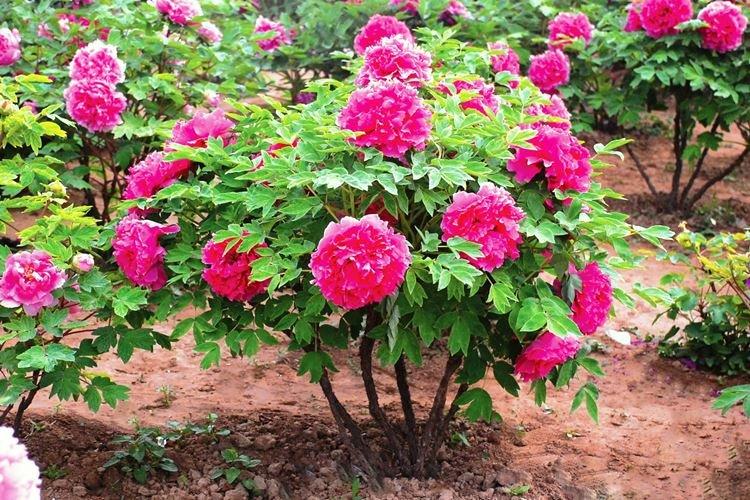
Lighting
Most of all, tree peonies love bright sun and light partial shade. Choose a place right away so that you don't have to transplant the bush later.There should be no trees or outbuildings nearby, the shade of which will constantly block the sun.
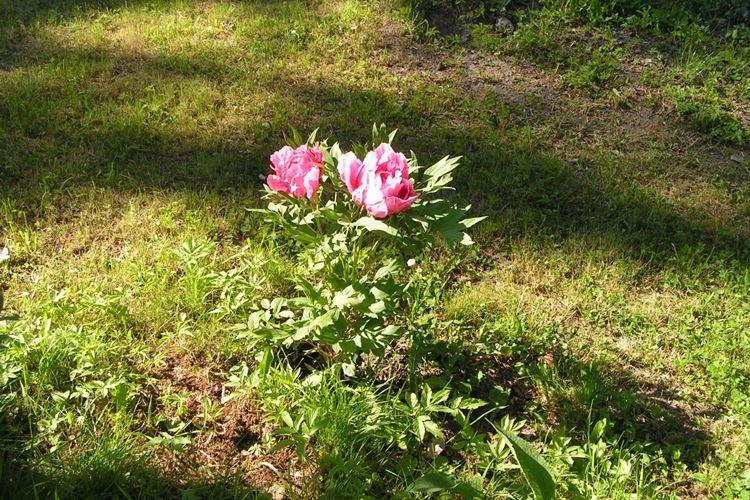
Watering
Large tree peonies need a lot of water, but rarely watering - 7 liters per bush every 2 weeks. Water the flowers more often in summer during extreme heat and drought, but from August again increase the intervals until you stop completely.
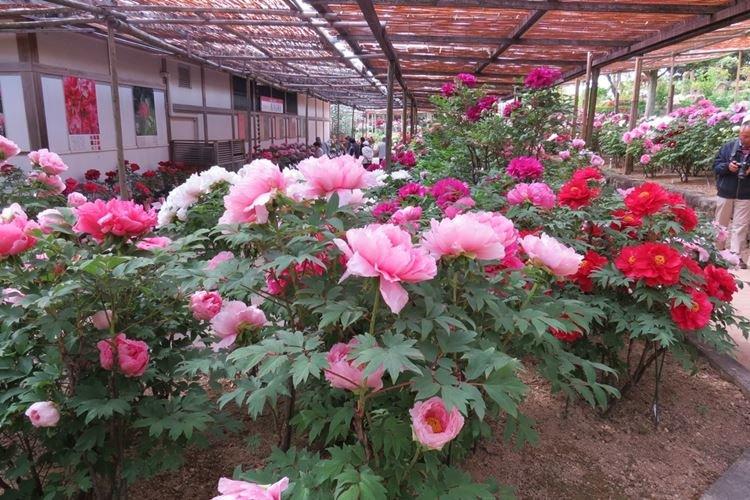
Soil and fertilizers
Treelike peonies prefer loam, but even sandy soil can be improved with turf, peat and clay. During growth, they need a lot of nitrogen before budding and potassium after. Closer to flowering, add a portion of phosphorus, but not parts with dressings, so that the root does not rot.
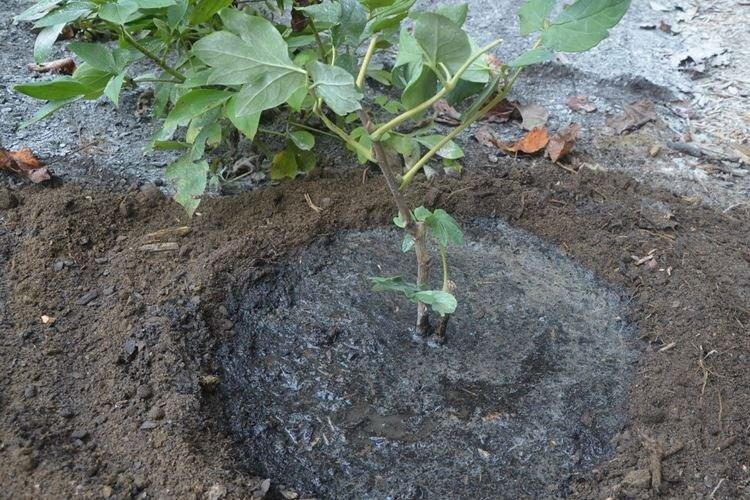
Transplant and reproduction
Tree peonies are difficult to grow from seeds: they need to be stratified in two passes, they quickly lose their germination, and begin to bloom at least five years later. Therefore, we recommend using cuttings of their summer semi-lignified shoots.
Each cutting must have a bud and a leaf, which must be cut in half. Stick a twig one and a half centimeters into the peat and leave it under the film, moisturizing regularly. If you do this all in the summer, at the end of September the peonies can already be planted in pots, and in the spring - in the ground.
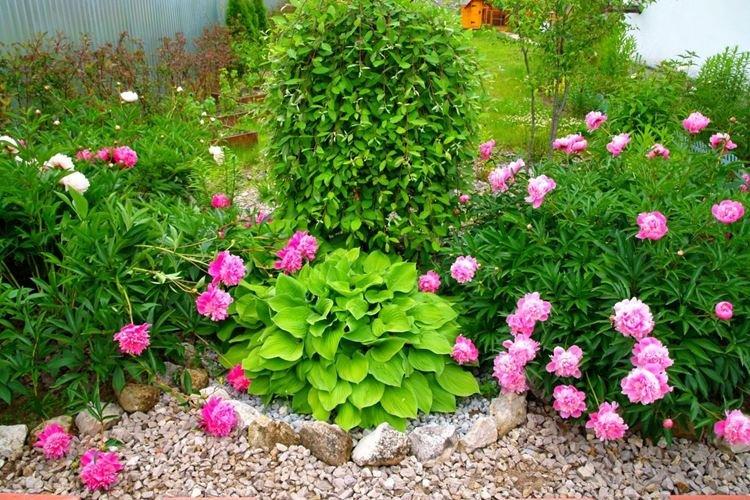
It is recommended to plant a tree-like peony in the ground in August-September at a small elevation. In a hole 70 cm deep, lay a thick drainage layer and add some bone meal. To straighten the roots, pour them abundantly with water, and when it is absorbed, dig in the plant so that the root collar is at ground level.
Peonies do not like transplanting and can get sick or wither away, but if such a need nevertheless arises, at the same time propagate it by dividing. They also use layering, cutting and digging in developed stems in May. By the fall, the new bush can already be carefully separated and transplanted.
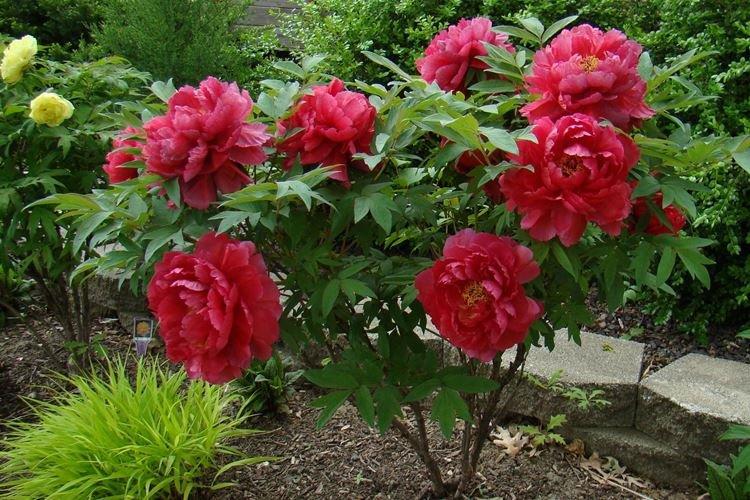
Pruning
In the spring, sanitary pruning is carried out in order to remove frozen and damaged shoots, to rejuvenate old branches. In China, they even learned to rejuvenate the bush completely, cutting it off almost to zero every 20 years. This is how individual plants are known, which are more than 500 years old.
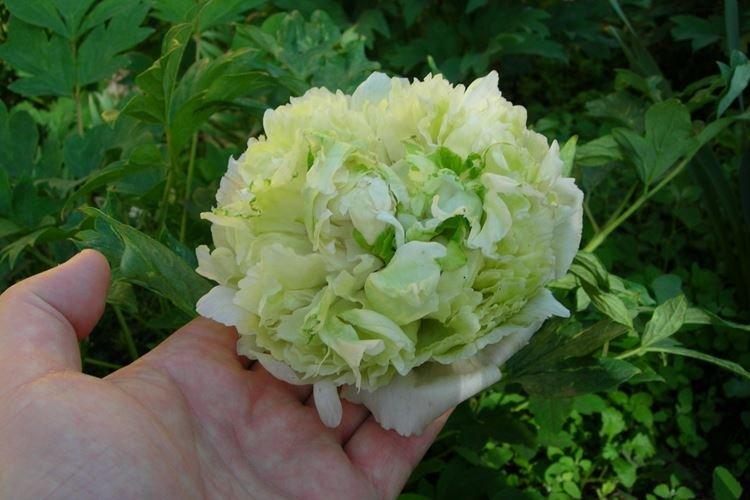
Pest and disease control
The most dangerous enemy of tree peonies is the mosaic virus, which will rapidly spread throughout the garden. There are several different mosaics, and some of them can spill over from cucumbers or other seedlings. Leaves and petals cover necrotic spots, and the disease itself is not cured.
In the same way, Lemoine's disease is not cured, due to which peonies become smaller and grow poorly. Otherwise, there is a standard set of fungal infections, which must be dealt with with fungicides and moisture regulation. In case of rust or spotting, cut off all damaged leaves as soon as possible and burn them until the infection spreads further.
There are not so many pests in peonies: aphids, caterpillars of fineworms, bronze beetles. The sweet juice of the buds attracts ants to the garden, and the developed root system becomes a refuge for nematodes. The fastest and most effective control method is insecticide spraying.

Tree peonies - photo
The legends and tales of peonies cannot be counted, let alone retell! And all because they are incredibly beautiful, especially large tree-like varieties!
